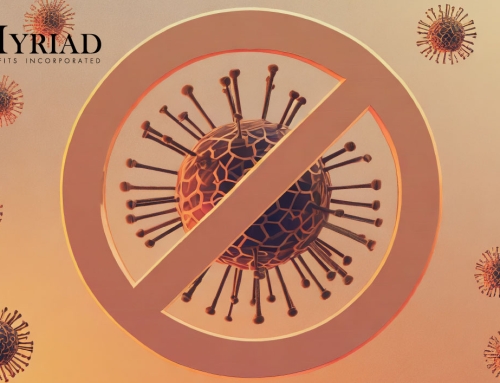Cervical cancer originates in the cells lining the cervix, the lower part of the uterus (womb). According to the American Cancer Society, this cancer can be detected in its initial stages, and sometimes it can even be completely prevented by Pap tests and human papillomavirus (HPV) testing on a regular basis.
Although there is no one-size-fits-all way to prevent cervical cancer, some factors are known to help reduce the chance of getting it. For example:
- Maintain a healthy weight.
- Be physically active.
- No smoking.
- Get tested for HPV.
- Get vaccinated against HPV.
- Using a condom when having sex.
- Limit the number of sexual partners.
If you have questions about how often to get screened for cervical cancer, it’s important to talk with your doctor. Take advantage and discuss the risk factors you may have. Some women with early-stage cervical cancer usually have no symptoms. Symptoms do not begin until a cancer becomes invasive and grows into adjacent tissue. When this occurs the most common symptoms are:
- Changes in menstrual bleeding.
- Unusual vaginal discharge.
- Discomfort in the pelvic area.
- Pain or bleeding after sex.
These signs and symptoms may also be caused by other conditions other than cervical cancer. However, it is important to visit your doctor right away. Ignoring symptoms can allow cancer to develop at a later stage and reduce the chances of effective treatment. Clarify your doubts, consult your doctor for the tests and do not wait.
By: Tania Mangual-Monzón, MS, BHE
Sources: Centers for Disease Control and Prevention / American Cancer Society







